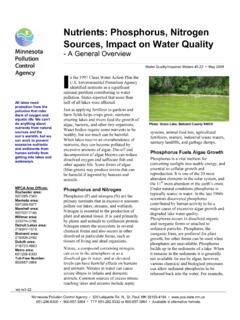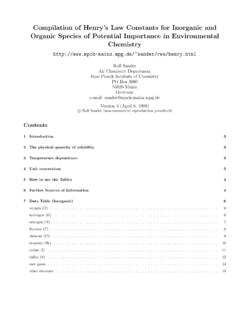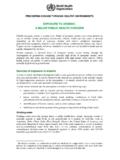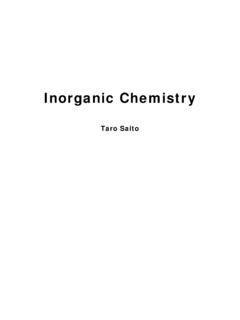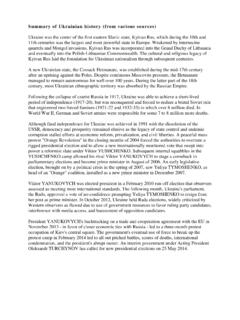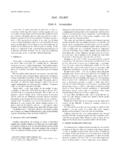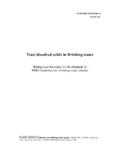And Inorganic Sources Of
Found 10 free book(s)KSU Vitamin Sources for Swine Diets Fact Sheet
www.asi.k-state.edupremix. Among the inorganic trace mineral sources, the sulfates have greater effect on vitamin stability than carbonates and oxides. Use of organic trace mineral sources reduces vitamin activity losses by 40 to 50% during storage compared to adding inorganic trace minerals in a vitamin-trace mineral premix (Shurson et al., 2011).
Nutrients: Phosphorus, Nitrogen Sources, Impact on Water ...
www.pca.state.mn.ussources and the sun’s warmth, but we can work to prevent excessive nutrients and sediments from human activity from getting into lakes and waterways. ... and inorganic forms or attached to sediment particles. Phosphates, the inorganic form, are preferred for plant
Compilation of Henry’s Law Constants for Inorganic and ...
www.ready.noaa.gov6 Further Sources of Information 4 7 Data Table (Inorganic) 6 ... Cl, Br, I, and S) are sorted in the same way as for inorganic compounds. The column labeled ‘substance’ gives the systematic name, the chemical formula, trivial names (if any), and in several cases the CAS registry number (in square brackets).
C HAPTER 1 INTRODUCTION TO PHARMACEUTICAL …
bspublications.netInorganic compounds are synthesized for use as drugs such as cisplatin, magnesium hydroxide, catalysts such as vanadium (V) oxide and titanium (III) chloride, or as reagents in organic chemistry such as lithium aluminium hydride. Medicinally useful substances are derived from either organic or inorganic sources.
EXPOSURE TO ARSENIC: A MAJOR PUBLIC HEALTH CONCERN
www.who.intremobilization of historic sources, such as mine drainage water; mobilization into drinking-water from geological deposits by drilling of tube wells. Drinking-water . Drinking-water poses the greatest threat to public health from arsenic. Inorganic arsenic is naturally present at high levels in the groundwater of a number of countries, such as
Inorganic Chemistry - Soka
www.t.soka.ac.jpInorganic chemistry is of fundamental importance not only as a basic science but also as one of the most useful sources for modern technologies. Elementary substances and solid-state inorganic compounds are widely used in the core of information, communication, automotive, aviation and space industries as well as in traditional ones. ...
Inorganic Chemistry
www.t.soka.ac.jpInorganic chemistry is of fundamental importance not only as a basic science but also as one of the most useful sources for modern technologies. Elementary substances and solid-state inorganic compounds are widely used in the core of information, communication, automotive, aviation and space industries as well as in traditional ones. ...
Summary of Ukrainian history (from various sources)
www.vanderbilt.eduSummary of Ukrainian history (from various sources) Ukraine was the center of the first eastern Slavic state, Kyivan Rus, which during the 10th and 11th centuries was the largest and most powerful state in Europe. Weakened by internecine quarrels and Mongol invasions, Kyivan Rus was incorporated into the Grand Duchy of Lithuania
2540 SOLIDS* 2540 A. Introduction
edgeanalytical.comvolatile solids do not distinguish precisely between inorganic and organic matter because the loss on ignition is not confined to organic matter. It includes losses due to decomposition or vol-atilization of some mineral salts. Better characterization of or-ganic matter can be made by such tests as total organic carbon
Total dissolved solids in Drinking-water
www.who.intTotal dissolved solids (TDS) is the term used to describe the inorganic salts and small amounts of organic matter present in solution in water. The principal constituents are usually calcium, magnesium, sodium, and potassium cations and carbonate, hydrogencarbonate, chloride, sulfate, and nitrate anions. Organoleptic properties

